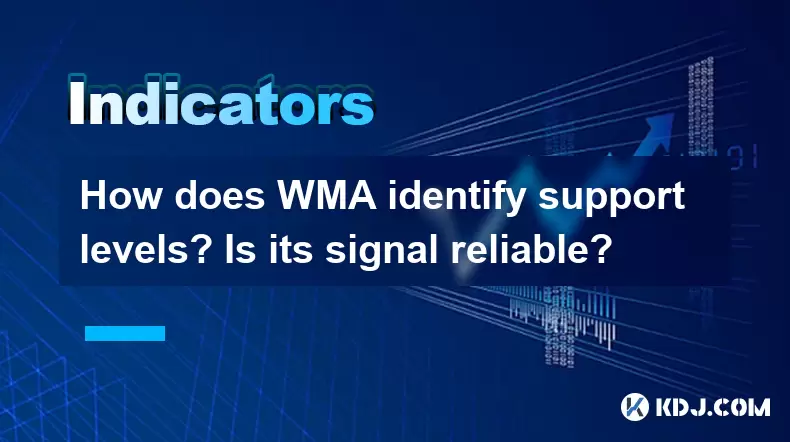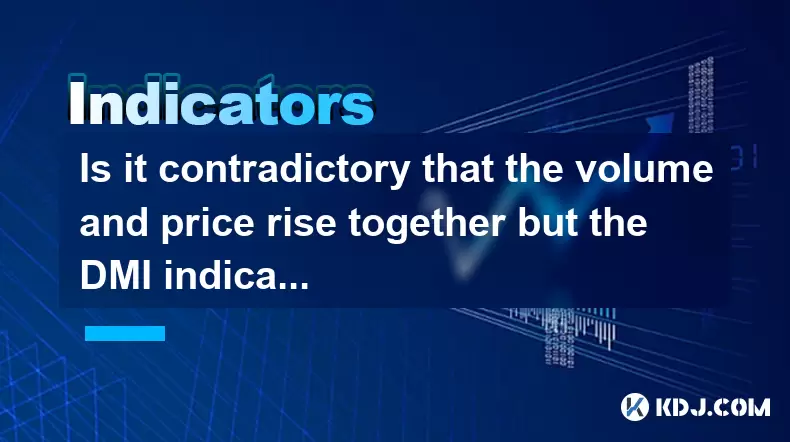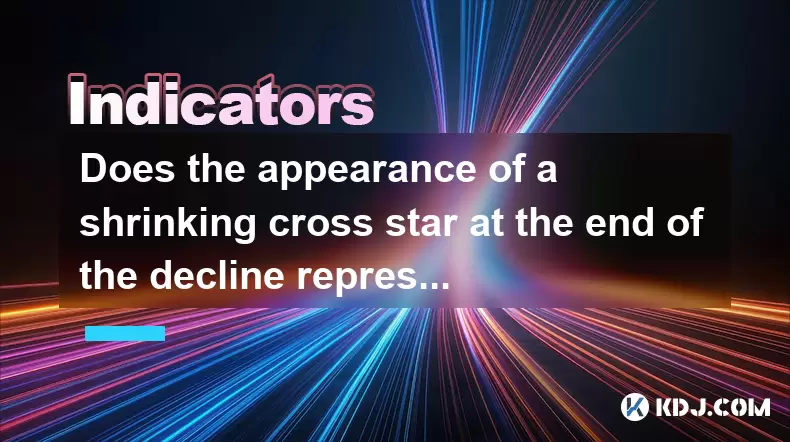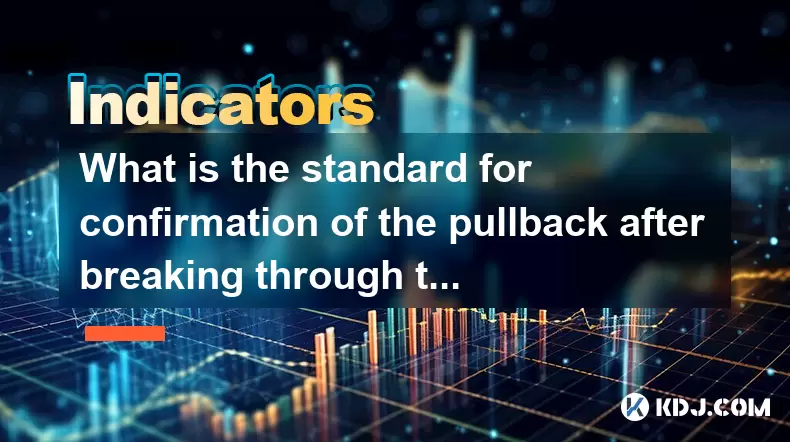-
 Bitcoin
Bitcoin $101,898.5005
-0.75% -
 Ethereum
Ethereum $2,258.1125
-1.07% -
 Tether USDt
Tether USDt $1.0004
0.01% -
 XRP
XRP $2.0178
-2.93% -
 BNB
BNB $624.0243
-1.53% -
 Solana
Solana $134.3298
-0.90% -
 USDC
USDC $0.9999
0.01% -
 TRON
TRON $0.2675
-2.05% -
 Dogecoin
Dogecoin $0.1538
-1.96% -
 Cardano
Cardano $0.5482
-1.11% -
 Hyperliquid
Hyperliquid $35.5636
5.45% -
 Bitcoin Cash
Bitcoin Cash $453.4902
-1.66% -
 Sui
Sui $2.5134
-2.97% -
 UNUS SED LEO
UNUS SED LEO $9.1292
1.77% -
 Chainlink
Chainlink $11.8457
-1.60% -
 Stellar
Stellar $0.2312
-2.73% -
 Avalanche
Avalanche $16.9721
0.29% -
 Toncoin
Toncoin $2.7549
-3.82% -
 Shiba Inu
Shiba Inu $0.0...01081
-1.10% -
 Litecoin
Litecoin $80.8250
-0.71% -
 Hedera
Hedera $0.1374
0.21% -
 Monero
Monero $305.4827
-2.36% -
 Ethena USDe
Ethena USDe $1.0006
0.00% -
 Dai
Dai $1.0000
-0.01% -
 Polkadot
Polkadot $3.2085
-3.12% -
 Bitget Token
Bitget Token $4.0845
-3.13% -
 Uniswap
Uniswap $6.3353
-1.63% -
 Pi
Pi $0.5085
-0.70% -
 Pepe
Pepe $0.0...08913
-3.82% -
 Aave
Aave $232.7090
-0.58%
How does WMA identify support levels? Is its signal reliable?
WMA helps traders identify crypto support levels by emphasizing recent prices, but its signals' reliability depends on period choice and market volatility.
May 23, 2025 at 09:14 am

The Weighted Moving Average (WMA) is a technical analysis tool used by traders within the cryptocurrency circle to identify potential support levels and other market trends. In this article, we will explore how WMA identifies support levels and discuss the reliability of its signals.
Understanding Weighted Moving Average (WMA)
Weighted Moving Average (WMA) is a type of moving average that assigns a higher weighting to more recent data points. Unlike the Simple Moving Average (SMA), which gives equal weight to all values in the period, WMA places more emphasis on recent prices, making it more responsive to new information.
To calculate the WMA, each price data point is multiplied by a weight factor, which decreases linearly. The formula for WMA is as follows:
[ \text{WMA} = \frac{\sum_{i=1}^{n} (P_i \times wi)}{\sum{i=1}^{n} w_i} ]
Where ( P_i ) is the price at period ( i ), ( w_i ) is the weight assigned to the price at period ( i ), and ( n ) is the number of periods.
How WMA Identifies Support Levels
Support levels are price points at which an asset tends to find buying interest, preventing the price from falling further. WMA can help identify these levels by smoothing out price data and highlighting areas where the price may find support.
Trend Identification: By observing the direction of the WMA line, traders can identify the overall trend of the cryptocurrency. A rising WMA indicates an uptrend, while a falling WMA suggests a downtrend. Support levels are more likely to form during uptrends.
Crossovers: When the price of a cryptocurrency falls below the WMA but then rebounds back above it, the WMA can act as a support level. Traders often look for these crossovers as potential entry points.
Price Bounce: If the price of a cryptocurrency repeatedly bounces off the WMA without breaking through it, the WMA can be considered a strong support level. This is particularly relevant when the WMA is trending upwards.
Multiple Timeframes: Using WMA on different timeframes can provide a more comprehensive view of potential support levels. For example, if the WMA on both daily and hourly charts indicates a support level at a similar price point, it increases the likelihood of that level holding.
Reliability of WMA Signals
The reliability of WMA signals depends on several factors, including the chosen period, market volatility, and the presence of other technical indicators.
Period Selection: The period used to calculate the WMA can significantly affect its reliability. Shorter periods (e.g., 10-day WMA) are more sensitive to price changes and can generate more frequent signals, but they may also produce more false positives. Longer periods (e.g., 50-day WMA) are less sensitive but may lag behind significant price movements.
Market Volatility: In highly volatile markets, WMA signals may be less reliable due to increased price fluctuations. Conversely, in more stable markets, WMA signals tend to be more consistent and reliable.
Confirmation with Other Indicators: To enhance the reliability of WMA signals, traders often use them in conjunction with other technical indicators, such as the Relative Strength Index (RSI) or Moving Average Convergence Divergence (MACD). If multiple indicators confirm a support level identified by the WMA, the signal becomes more reliable.
Backtesting: Traders can assess the reliability of WMA signals by backtesting them on historical data. This involves applying the WMA to past price data and evaluating how well it identified support levels and predicted price movements.
Practical Application of WMA for Identifying Support Levels
To apply WMA in identifying support levels, traders can follow these steps:
Choose the Right Period: Depending on your trading strategy, select an appropriate period for the WMA. For short-term trading, a 10-day or 20-day WMA might be suitable, while long-term investors may prefer a 50-day or 200-day WMA.
Plot the WMA on Your Chart: Use trading software or platforms like TradingView or MetaTrader to plot the WMA on your cryptocurrency chart. Ensure that the WMA line is clearly visible and distinguishable from other indicators.
Monitor Price Interactions: Observe how the price of the cryptocurrency interacts with the WMA. Look for instances where the price bounces off the WMA or crosses below it and then rebounds.
Confirm with Other Indicators: Use additional technical indicators to confirm the support levels identified by the WMA. For example, if the RSI indicates an oversold condition at the same time the price bounces off the WMA, it strengthens the signal.
Enter Trades: Based on the signals provided by the WMA and confirmed by other indicators, enter trades at the identified support levels. Set stop-loss orders to manage risk and protect against potential false signals.
Examples of WMA Identifying Support Levels
To illustrate how WMA identifies support levels, let's consider a few hypothetical scenarios:
Scenario 1: A cryptocurrency is in an uptrend, and the 20-day WMA is sloping upwards. The price repeatedly bounces off the WMA without breaking below it. This indicates that the WMA is acting as a strong support level, and traders may consider buying when the price approaches the WMA.
Scenario 2: The price of a cryptocurrency falls below the 50-day WMA but quickly rebounds back above it. This crossover suggests that the WMA is providing support, and traders might enter long positions at this point, anticipating further upward movement.
Scenario 3: In a volatile market, the price of a cryptocurrency frequently crosses the 10-day WMA. However, when combined with the 50-day WMA, it becomes evident that the longer-term WMA is holding as a support level despite the short-term fluctuations.
Limitations and Considerations
While WMA can be a valuable tool for identifying support levels, it is important to be aware of its limitations and consider other factors:
False Signals: WMA can generate false signals, especially in highly volatile markets. Traders should always use additional indicators and risk management strategies to mitigate the impact of false signals.
Lag: Like all moving averages, WMA lags behind real-time price movements. This lag can result in delayed entry and exit signals, potentially reducing profitability.
Market Conditions: WMA signals are more reliable in trending markets than in ranging markets. In a ranging market, the price may oscillate around the WMA without providing clear support or resistance levels.
Over-reliance: Traders should avoid over-relying on a single indicator. Combining WMA with other technical analysis tools and fundamental analysis can provide a more holistic view of market conditions and potential support levels.
Frequently Asked Questions
Q1: Can WMA be used for identifying resistance levels as well?
Yes, WMA can also be used to identify resistance levels. Similar to support levels, resistance levels are identified when the price repeatedly fails to break above the WMA or when the price crosses above the WMA and then falls back below it.
Q2: How does WMA compare to other moving averages like SMA and EMA?
WMA is more responsive to recent price changes than SMA but less so than EMA. SMA gives equal weight to all data points, making it less responsive to new information. EMA places even more emphasis on recent data, making it the most responsive of the three. The choice between WMA, SMA, and EMA depends on the trader's strategy and the desired level of sensitivity to price changes.
Q3: Is WMA suitable for all types of cryptocurrencies?
WMA can be applied to any cryptocurrency, but its effectiveness may vary depending on the asset's volatility and trading volume. For highly volatile cryptocurrencies, shorter-period WMAs may be more suitable, while less volatile assets might benefit from longer-period WMAs.
Q4: How can traders adjust the WMA to better suit their trading strategy?
Traders can adjust the WMA by changing the period length to match their trading timeframe. For example, day traders might use a 10-day WMA, while swing traders might prefer a 50-day WMA. Additionally, combining WMA with other indicators and using multiple timeframes can help tailor the WMA to a specific trading strategy.
Disclaimer:info@kdj.com
The information provided is not trading advice. kdj.com does not assume any responsibility for any investments made based on the information provided in this article. Cryptocurrencies are highly volatile and it is highly recommended that you invest with caution after thorough research!
If you believe that the content used on this website infringes your copyright, please contact us immediately (info@kdj.com) and we will delete it promptly.
- VanEck, Pudgy Penguins, and Nasdaq: A New York Minute on Crypto's Big Moves
- 2025-06-24 01:05:12
- Ripplecoin Cloud Mining: Earn Daily Crypto Rewards?
- 2025-06-24 00:25:13
- SEI Price Prediction: Crypto Analyst Sees Potential Jump to $0.30!
- 2025-06-24 01:05:12
- Dogecoin, Cardano, and Crypto Security: Navigating the Wild West
- 2025-06-24 00:45:12
- Dogecoin Price Analysis and Ozak AI: Riding the Crypto Wave in Style
- 2025-06-24 00:45:12
- Neo Pepe Presale: The Next Big Meme Coin?
- 2025-06-24 00:32:08
Related knowledge

How to interpret that the time-sharing chart shows "volume and price rise together" but the MACD red column shortens?
Jun 24,2025 at 01:08am
Understanding the Concept of 'Volume and Price Rise Together'In cryptocurrency trading, when a time-sharing chart shows that both volume and price rise together, it is typically interpreted as a sign of strong buying pressure. This means more traders are entering long positions, pushing the price higher while increasing the trading volume. This phenomen...

Is it contradictory that the moving average system is arranged in a bullish pattern but the DMI shows a decline in trend strength?
Jun 23,2025 at 11:43pm
Understanding the Moving Average and DMI RelationshipIn cryptocurrency trading, technical analysis plays a crucial role in identifying potential trends and making informed decisions. Two of the most commonly used indicators are the Moving Average (MA) and the Directional Movement Index (DMI). While both tools aim to provide insight into market direction...

What is the significance of the gap formed by the gap opening not being filled within five days?
Jun 23,2025 at 09:42pm
Understanding Gaps in Cryptocurrency TradingIn the world of cryptocurrency trading, a gap refers to a situation where the price of an asset jumps from one level to another without any trading activity occurring between those two levels. This often happens over weekends or holidays when the market is closed, and significant news or events occur that impa...

Is it contradictory that the volume and price rise together but the DMI indicator shows that the trend strength decreases?
Jun 24,2025 at 01:00am
Understanding the Relationship Between Volume, Price, and DMIIn the world of cryptocurrency trading, it is common for traders to analyze multiple indicators simultaneously to form a comprehensive view of market conditions. Volume and price are two of the most basic and widely used metrics in technical analysis. When both volume and price rise together, ...

Does the appearance of a shrinking cross star at the end of the decline represent a signal to stop the decline?
Jun 24,2025 at 12:14am
Understanding the Shrinking Cross Star PatternIn the world of cryptocurrency trading, candlestick patterns play a crucial role in technical analysis. One such pattern is the shrinking cross star, which often appears at the end of a downtrend. This pattern consists of a candle with a small body, typically appearing after a series of bearish candles, and ...

What is the standard for confirmation of the pullback after breaking through the neckline with large volume?
Jun 23,2025 at 11:28pm
Understanding the Neckline in Technical AnalysisIn technical analysis, the neckline is a critical support or resistance level that appears in chart patterns such as head and shoulders, double tops, and double bottoms. It typically connects two or more lows (in the case of a head and shoulders top) or highs (in the case of a head and shoulders bottom). W...

How to interpret that the time-sharing chart shows "volume and price rise together" but the MACD red column shortens?
Jun 24,2025 at 01:08am
Understanding the Concept of 'Volume and Price Rise Together'In cryptocurrency trading, when a time-sharing chart shows that both volume and price rise together, it is typically interpreted as a sign of strong buying pressure. This means more traders are entering long positions, pushing the price higher while increasing the trading volume. This phenomen...

Is it contradictory that the moving average system is arranged in a bullish pattern but the DMI shows a decline in trend strength?
Jun 23,2025 at 11:43pm
Understanding the Moving Average and DMI RelationshipIn cryptocurrency trading, technical analysis plays a crucial role in identifying potential trends and making informed decisions. Two of the most commonly used indicators are the Moving Average (MA) and the Directional Movement Index (DMI). While both tools aim to provide insight into market direction...

What is the significance of the gap formed by the gap opening not being filled within five days?
Jun 23,2025 at 09:42pm
Understanding Gaps in Cryptocurrency TradingIn the world of cryptocurrency trading, a gap refers to a situation where the price of an asset jumps from one level to another without any trading activity occurring between those two levels. This often happens over weekends or holidays when the market is closed, and significant news or events occur that impa...

Is it contradictory that the volume and price rise together but the DMI indicator shows that the trend strength decreases?
Jun 24,2025 at 01:00am
Understanding the Relationship Between Volume, Price, and DMIIn the world of cryptocurrency trading, it is common for traders to analyze multiple indicators simultaneously to form a comprehensive view of market conditions. Volume and price are two of the most basic and widely used metrics in technical analysis. When both volume and price rise together, ...

Does the appearance of a shrinking cross star at the end of the decline represent a signal to stop the decline?
Jun 24,2025 at 12:14am
Understanding the Shrinking Cross Star PatternIn the world of cryptocurrency trading, candlestick patterns play a crucial role in technical analysis. One such pattern is the shrinking cross star, which often appears at the end of a downtrend. This pattern consists of a candle with a small body, typically appearing after a series of bearish candles, and ...

What is the standard for confirmation of the pullback after breaking through the neckline with large volume?
Jun 23,2025 at 11:28pm
Understanding the Neckline in Technical AnalysisIn technical analysis, the neckline is a critical support or resistance level that appears in chart patterns such as head and shoulders, double tops, and double bottoms. It typically connects two or more lows (in the case of a head and shoulders top) or highs (in the case of a head and shoulders bottom). W...
See all articles
























































































